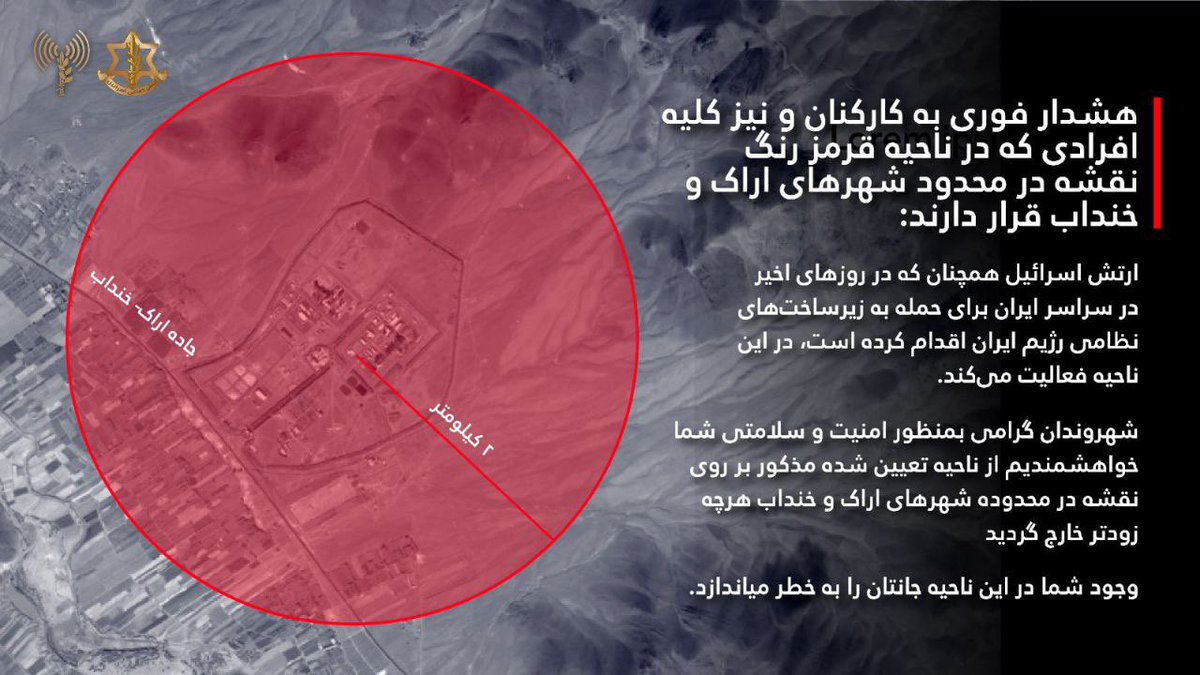Tanaji wrote: ↑12 Jun 2025 03:53
Without looking :
Q1: either a or b. Saha was an astrophysicist and Kosambi was a mathematician I think
Thanks. (After seeing your answer, I realized my question might have been a little imprecise )..
Q was:
Q1 Which Indian physicist, played a key role in applying nuclear physics to national planning, and was instrumental in the early conceptualization of India's atomic energy program — before Homi Bhabha formalized it?
(a) D.M. Bose
(b) K.S. Krishnan
(c) D.D. Kosambi
(d) M.N. Saha
Correct Answer:
(d) Meghnad Saha — but K.S. Krishnan also deserves partial credit for his later institutional role.
Short Answer & Perspective (from a physics-savvy lens):
Let’s be honest — both Saha and Krishnan made major contributions, but in different phases. So depending on what you mean by “key role” and “early conceptualization,” Saha takes the crown — but Krishnan wasn’t far behind when it came to building the actual system.
Why Saha Wins (for this question):
Meghnad Saha was talking about atomic energy in the 1930s–40s, before most people in India even knew what a nucleus was.
He saw science — including nuclear power — as essential to national development.
He pushed hard for state-led planning, wrote extensively on using science for public good, and even served in Parliament doing exactly that.
So while he wasn’t running labs, he was laying the intellectual groundwork and urging political investment.
Krishnan’s Timeline — and Real Contribution:
K.S. Krishnan came into the atomic energy picture more after Independence, late 1940s and 1950s.
He was co-discoverer of the Raman effect, had a strong background in experimental physics (solid-state, magnetism).
He joined the Atomic Energy Commission (AEC) and helped build its institutional base.
Nehru briefly considered him to head the atomic effort, but chose Bhabha instead.
So yes — Krishnan helped implement, but Saha was already conceptualizing.
D.M. Bose - Early nuclear research (cosmic rays),
mentor to Bibha Big contribution in science and Mentoring but - limited role in planning and (politics, so less well known)
D.D. Kosambi - Very famous Mathematician (and Marxist historian); strong in planning, theory, but not involved in nuclear..
How Bhabha Overshadowed Saha and others :
Bhabha had charisma, Tata family connections, and Nehru’s trust.
He wrote the famous 1944 letter to the Tata Trust asking for support — and got it.
That led to TIFR, which became the nucleus (pun intended) of India’s atomic energy program.
While Saha stayed outside the Bhabha-Nehru institutional circuit, Bhabha got full control of the program by the late 1940s.
Atomic Energy Leadership Timeline (Simplified) (For interested people here):
- 1930s–40s Saha Advocated atomic energy in national development
- 1944 Bhabha Proposed atomic program to Tata Trust (via letter)
- 1945 TIFR founded Bhabha becomes de facto leader
- 1948 AEC created Bhabha leads; Krishnan joins commission
- 1950s Bhabha + Krishnan Build institutions and research programs
- 1960's-70's - Many young people (like me and institutes (including IIT's) - became interested in Nuclear Physics and Bhabha's vision

)
If the question is about who first brought nuclear physics into the national planning conversation, (d) Meghnad Saha is the clear answer.
But if you're grading generously, K.S. Krishnan deserves a solid partial credit for helping turn the vision into a system — post-Bhabha, but still critical.
Comment on this (and other Q's welcome - I will post my thoughts also)
